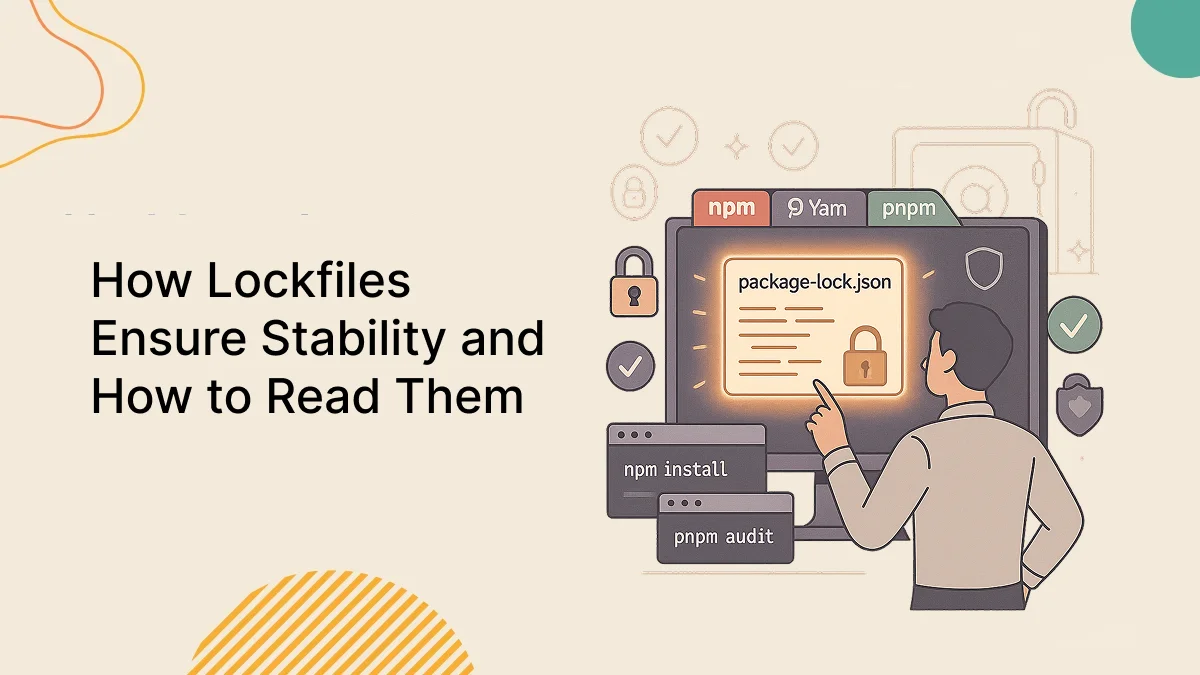Introduction
In contemporary applications, location services play a key role in making the software more user-friendly – be it displaying the stores around you to real-time tracking and geofencing. Maps allow real-world applicability, interactivity and context to users.
When it comes to incorporating maps into React apps, a developer may find it to have three different options: Which strategy should I adopt?
Use the Google Maps JavaScript API directly
Use a React wrapper library such as @react-google-maps/api
Use alternative map providers like Leaflet, Mapbox, or OpenLayers
This blog talks about the various options present when it comes to incorporating Google maps in React and has discussed the advantages and disadvantages of using each of them and which may be the best option depending on the project requirements.
Overview
Google Maps is a platform that Google supplies, providing location services, directions, maps and different APIs. As a result, developers can make map-related applications that are both interactive and responsive to location.
Why Google maps?
Google Maps is one of the most integrative mapping systems which offers:
Fast navigation and tracking
The location search and autocomplete (Places API)
Reverse geocoding and Geocoding
Street View, terrain and satellite views
Alerts and geofencing
Approaches to Integrating Google Maps in React
There are three common solutions to approaching it.
Use Google Maps JavaScript API directly
You may include the Google Maps JavaScript API to your page using the <script> tag or inject the API dynamically and use it in React components.
Pros :
Full access control over the API.
No outside React dependencies.
Access to easy to use advanced Google APIs (Directions, Distance Matrix, Places, etc.).
Cons :
Requires handling lifecycle manually (load/unload maps).
More react boilerplate code.
No underlying bindings to React-style of declarative programming.
Best used in : Complex applications where fine-grained control is required and dependencies must be minimized.
With a React package such as @react-google-maps/api
A community maintained, popular react wrapper around Google Maps JavaScript API.
Pros :
Declarative React bindings (e.g. maps as a component).
Integrated hooks and parts (GoogleMap, Marker, InfoWindow).
Less painful integration and nicer code.
Support of lazy loading.
Cons :
Dependance on a third-party library.
Minor updates can be delayed relative to March Google APIs.
Best used in : Most React projects where one wishes to have a high productivity and the clean React style of code.
Options of using other map providers (Leaflet, Mapbox, OpenLayers)
In place of Google Maps, you may use: React-Leaflet, Mapbox GL JS + React bindings and OpenLayers.
Pros :
Some (as Leaflet) are open-source and free.
Mapbox has a rich customization/style command.
Can avoid Google’s billing model.
Cons :
Not have the degree of completeness of the Google ecosystem (Places API, Directions, etc.).
Licensing and pricing depends on the provider.
Migration pain in in a mid-stream migration to a new provider.
Best used in : In a scenario where the costs of licensing the data are important, where custom styles of maps are required, or where offline support is also required.
Choosing the Right Approach
Approach | Pros | Cons | Recommended For |
Google Maps JS API directly | Maximum control, no extra dependencies | More boilerplate, not React-friendly | Complex apps needing low-level customization |
@react-google-maps/api | Easy, React-friendly, clean code | Extra dependency | Most React apps |
Alternatives (Leaflet, Mapbox) | Free / customizable | May lack Google ecosystem | Cost-sensitive or design-heavy apps |
Best Practices Across All Approaches
API Key Protection
API keys should never be included directly in the frontend part of your app.
Store your application secrets in `.env` files and supervise your secret key management in your pipelines.
Guard your cloud workloads by adding referrer/domain restrictions in the Google Cloud Console.
Component Optimization
You are allowed to use memoization when creating map data structures.
Don’t put both markers and their controller code in the same place or the map will end up as code every update.
Add React.memo and useCallback to anything you do with maps.
A better-looking User Interface
Show a simple message about loading the map while it takes place.
Promote different UI when the user does not want to share their location.
API or location errors should display clear and appealing messages for the user.
Performant and Scalable
Don’t show too many markers at the same time; group them when you can.
Maps will only be loaded when they appear on screen, using lazy loading.
Adjust map styles to enhance how easy it is to see important information and to guide users.
Conclusion
Integration with Google Maps into a React combination is possible in a variety of ways :
To have full control, use GoogleMaps JavaScript API directly.
To achieve developer productivity, and to code in a React flavor style use the @react-google-maps/api package.
When time and price are important or it is a design project think about Leaflet or Mapbox.
In practice, however, @react-google-maps/api is the most highly recommended due to its ease-of-use balanced with functionality in most real world React applications. The choice, however, will lie in the complexity of your app, its performance requirement and the budget.




